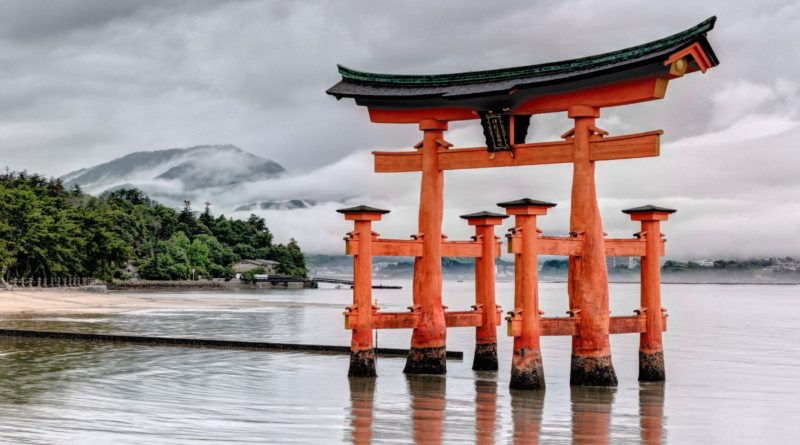The Shinto religion: An introduction
Shinto is a unique and ancient religion that is native to Japan. Its origins date back to prehistoric times, and it remains an important part of Japanese culture to this day. Shinto is a polytheistic religion, which means that it worships multiple deities, known as kami. The religion is centered on the worship of nature, ancestors, and other elements that are considered sacred in Japan.
One of the main beliefs of Shinto is that everything in nature has a spirit or kami. These can include rocks, trees, rivers, and mountains, as well as animals and humans. Shinto emphasizes the importance of living in harmony with nature and respecting the environment, which is reflected in many Japanese customs and traditions.
One of the most well-known symbols of Shinto is the torii gate. These gates are often found at the entrance to Shinto shrines and are considered a gateway between the physical world and the spiritual realm. Visitors to Shinto shrines will often bow or clap their hands to show respect for the kami.
Another important aspect of Shinto is the belief in ancestral spirits. Ancestors are believed to watch over and protect their descendants, and many Shinto shrines are dedicated to ancestors or the memory of important figures from Japanese history. In addition, many Japanese families have a household shrine where they can pay their respects to their ancestors and ask for their guidance.
Shinto has had a significant impact on Japanese culture, art, and architecture. Many traditional Japanese structures, such as the famous Ise Grand Shrine, are built in the Shinto style. Japanese festivals and celebrations often have Shinto origins, such as the Obon festival, which honors the spirits of ancestors.
Visitors to Japan can experience Shinto firsthand by visiting one of the many Shinto shrines throughout the country. These shrines are typically peaceful and serene places that offer a glimpse into the unique culture and spirituality of Japan. It is important to be respectful when visiting Shinto shrines, as they are considered sacred places. Visitors should bow or clap their hands upon entering the shrine, and should not take photographs of any ceremonies or rituals.
In addition, visitors should dress appropriately when visiting Shinto shrines. It is recommended to wear clothing that covers the shoulders and knees, and to remove shoes before entering the shrine itself. Visitors should also be aware that some shrines may prohibit certain activities, such as eating or drinking on the premises.
Overall, Shinto is a fascinating and unique religion that has played a significant role in shaping Japanese culture and identity. Visitors to Japan can gain a deeper understanding of the country’s history and traditions by learning about Shinto and visiting its many shrines and temples.

